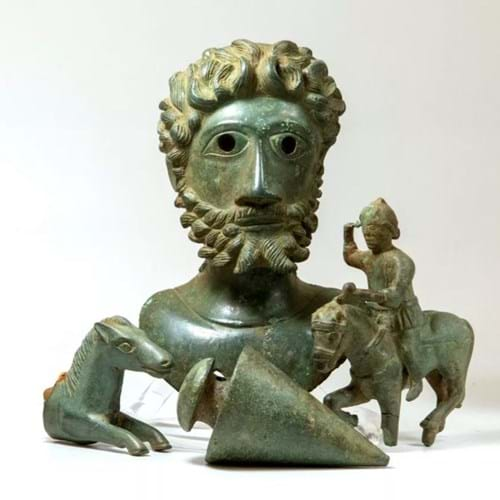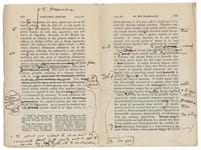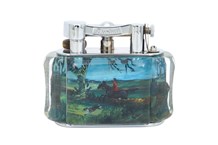
The Ryedale Hoard was discovered in North Yorkshire in 2020 and as the bronzes did not fall under the Treasure Act at the time they were sold at auction at Hansons to dealership David Aaron. However, later, an agreement to sell the group to the Yorkshire Museum was made possible with funding from US donor Richard Beleson (alongside support from the Art Fund and a number of individual donors) in 2021. Image: Hansons.
On March 30 the proposed changes to the act were passed by Parliament.
As reported in ATG No 2582, the additional definition will include those items deemed of ‘exceptional significance’ which are more than 200 years old and containing any metal.
Previously only objects that are at least 300 years old and made substantially of gold or silver, or which are found with artefacts of precious metals, could be declared ‘treasure’.
As reported in ATG No 2378, the decision to widen the law’s scope followed the discovery of a number of important finds that fell outside the act - such as The Crosby Garrett Roman parade helmet made of copper alloy.
It was discovered by a metal detectorist in 2010 and offered at Christie’s where a private buyer outbid several museums buying it for a hammer price of £2m.
The Treasure Act, which came into force in 1996, applies in England, Wales and Northern Ireland.
Under the act, treasure is owned by the Crown when found and a person who finds an object believed to be treasure must notify the relevant authorities within 14 days.














